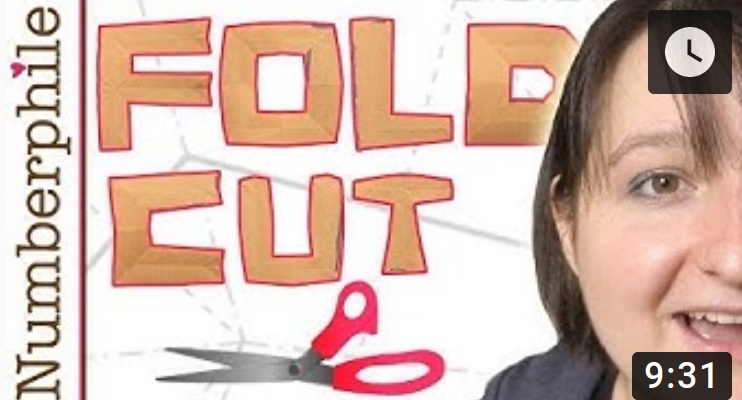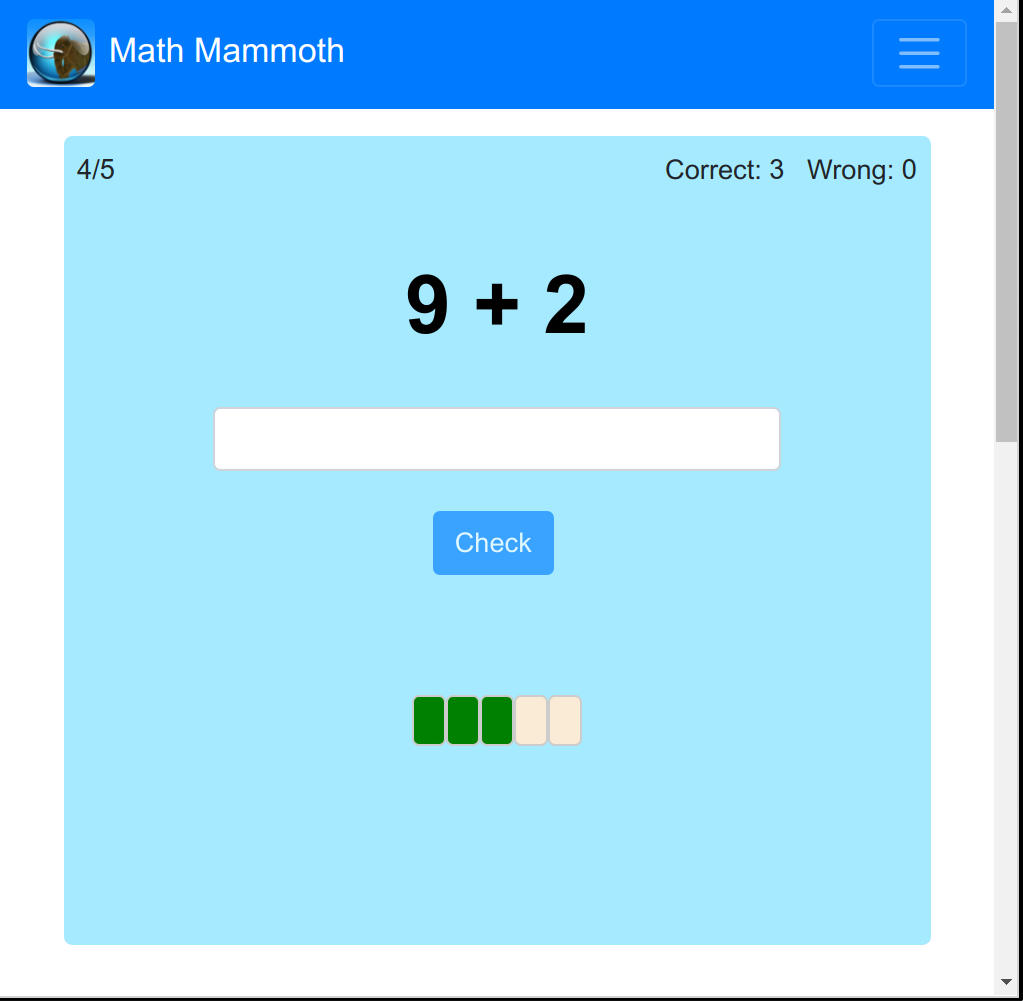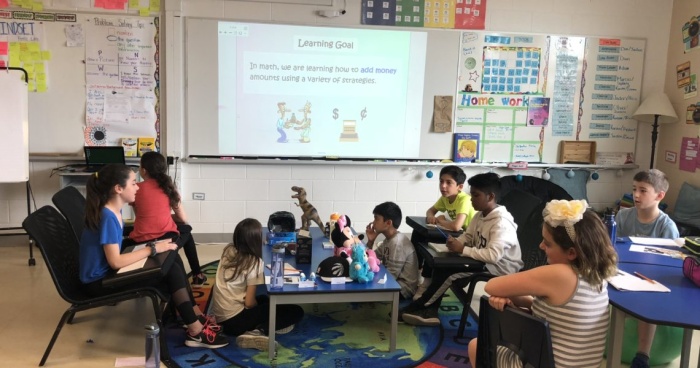 Hello again!
Hello again!
|
1. Math Mammoth News
|
2. Growth mindsetHere's an encouraging video from a school (St. Alphonsa Catholic Elementary School, Ontario, Canada) that has adopted "growth mindset" type of thinking: actively teaching students that mistakes (in MATH) are OK to make, and that you learn from them. One student described their previous school, where math lessons consisted of doing worksheets, handing them to the teacher, and being told, "You did this wrong." Now... in this school, they do a lot of groupwork and learn from each other, learn different ways of looking at problems. A great change! Your mindset has a LOT to do with how much math (or anything else) you can learn! Someone who believes they "can't do math" won't learn much. The video is in the middle of this page. |
3. EstimationSomeone asked about estimation...My daughter just completed the Chapter 2 test in Grade 5-A. I am curious if there are specific rules concerning estimation and, if so, where those are talked about in your curriculum. And if not, is it because numerous answers are correct and accepted for these problems?Yes, indeed. Estimation is not an exact science, so there's not just one possible "right" answer.🙂 The idea is to round the numbers in such a manner that you can calculate mentally with them. But how well people do with mental math varies. So, in estimating 56 × 2.84, one person might round 56 to 55 and another person to 60, because that one person is able to calculate mentally 55 × 3 but the other person is not (so they go 60 × 3). [The exact answer is 159.04. So, 55 × 3 is definitely closer — a better estimate — than 60 × 3.] In some particular grade level I have included the principle that if you multiply, then it helps to reduce the error of estimation if you can round one number up and the other down (instead of rounding both up or both down). Also, obviously, you want to round the numbers as little as possible, so as to reduce the error of estimation. But the main goal is to just get children used to estimating so they can catch gross errors in calculations, and be able to estimate, say, bills in grocery store etc. Estimation also helps us to check if a result we get from a calculator is correct.😄 |
4. Fold and Cut Theorem — Numberphile Here's an enjoyable math video for students and parents/teachers alike. It's about folding and cutting... but it still IS very much about math — because the lady models the basics of mathematical thinking in a wonderful way as she goes on cutting... 😃
Here's an enjoyable math video for students and parents/teachers alike. It's about folding and cutting... but it still IS very much about math — because the lady models the basics of mathematical thinking in a wonderful way as she goes on cutting... 😃
|
5. You Tube, I PhoneThis will make you laugh out loud! 😅 From Facebook...You Tube, I Phone Thanks for reading! Feel free to forward this issue to a friend/colleague! Subscribe here. Till next time, Maria Miller |
| Privacy & your personal data | Contact | Math Mammoth freebies | Placement tests |
| Complete curriculum | Inspire4 Songs | Visit us on Facebook | Newsletter Archives |



